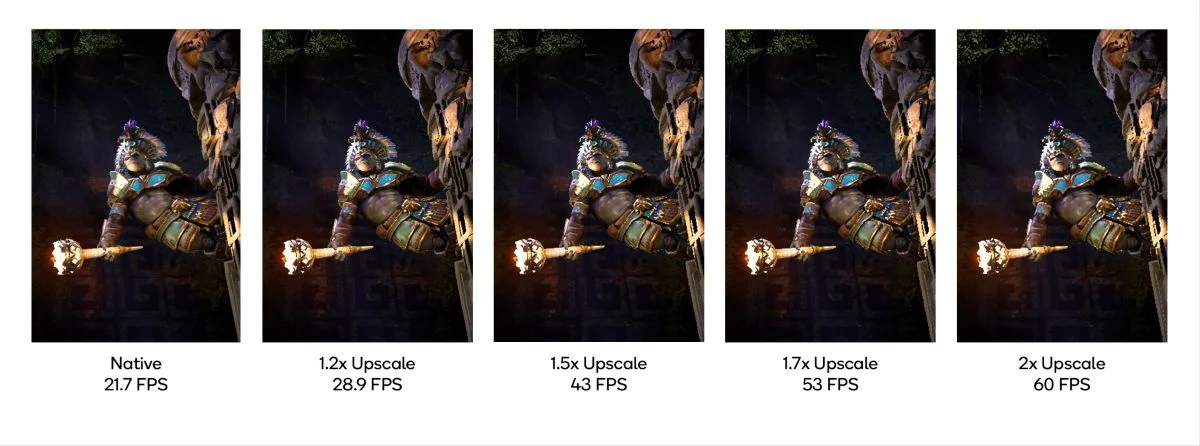For the uninitiated, Super Resolution is a term coined by the gaming industry – NVIDIA was one of the first to use the term, technically – whereby the video resolution that you see on your monitor is actually rendered and upscaled from a lower resolution. In the case of NVIDIA, the company own upscaling technology, DLSS, is fortified with AI, as is AMD’s own current generation of FidelityFX Super Resolution (FSR).
— Snapdragon (@Snapdragon) April 26, 2023 “Today there are many techniques that allow games to upscale the resolution from a lower resolution to a native resolution. This results in better performance and power savings. Most common upscaling techniques are based on bilinear interpolation (bilerp); these can be power efficient but can compromise on graphics quality by blurring edges and details. Other temporal techniques in the current market increase quality but require inputs that are not common in mobile rendering pipelines today.” To that end, the method by which Qualcomm’s Game Super Resolution conducts itself is no different from other offerings. Having said that, upscaling an image from a lower resolution comes with a trade-off: loss of detail. As a rule of thumb, the lower the resolution you upscale from, the more artifacts you see, and details become blurred. Speaking of details and the lack thereof, it doesn’t seem like the chipmaker’s GSR technology is going to deal with the issue by applying AI, in the same NVIDIA and AMD do with post-processing. At the time of writing, Qualcomm says that its Snapdragon Game Super Resolution technology is already being used to enhance games such as Activision Blizzard’s Call of Duty: Warzone Mobile, Perfect World’s Jade Dynasty: New Fantasy, and NetEase’s Naraka Mobile, to name a few. (Source: Qualcomm)
